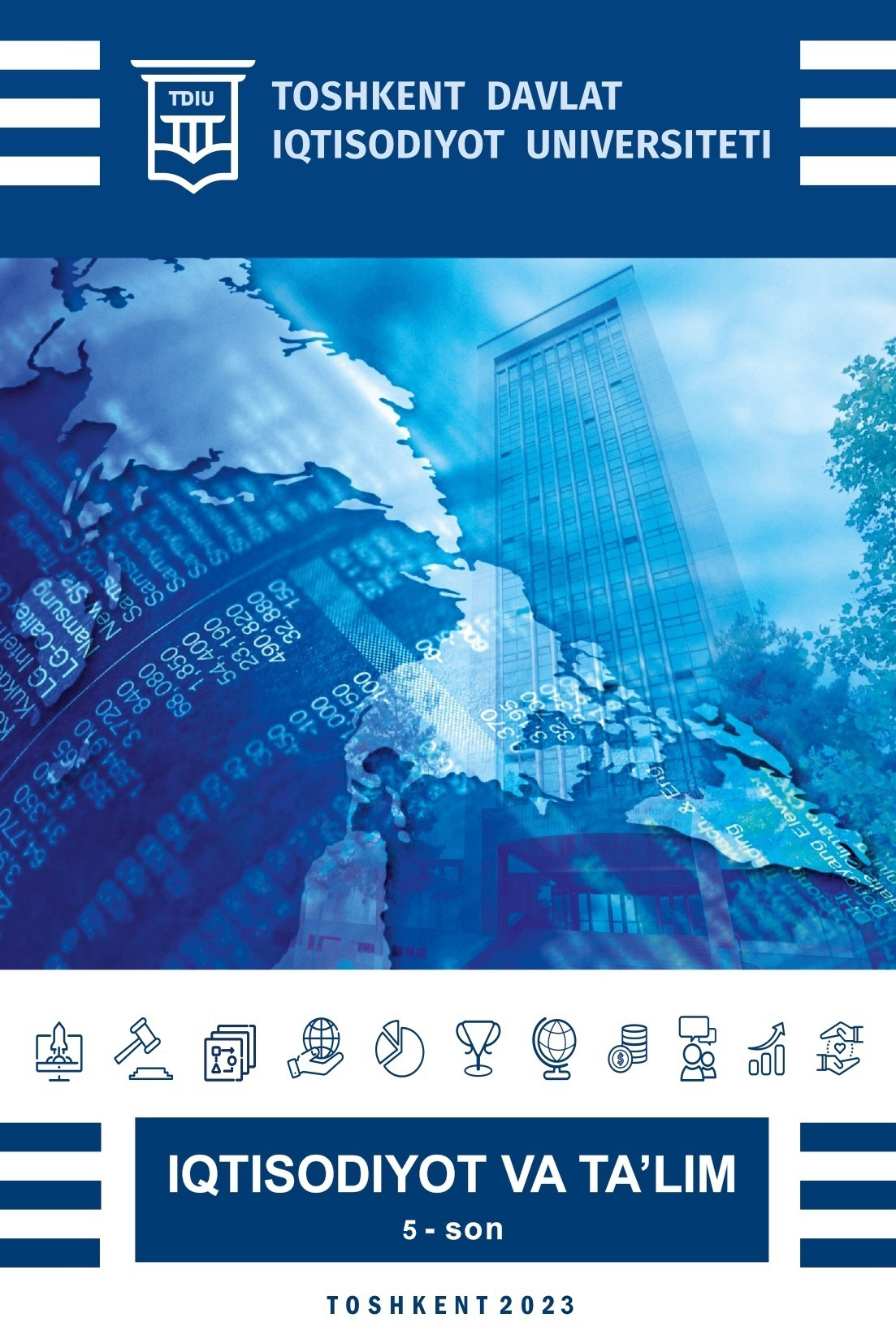Аннотация
В то время как централизованная система является расточительной, рыночная система эффективно распределяет ресурсы. Исследования указывая на недостатки рынка и информационные пробелы в качестве основных виновников, подчеркивают важное влияние институциональных и политических факторов на распределение ресурсов. К ним относятся официальные каналы, такие как порядок и правила, а также неформальные каналы, такие как политические связи и личные отношения. Зачастую исключительная и личная политическая принадлежность играет особую роль в падении прибыли от формального распределения финансирования. В статье исследуется влияние межличностных контактов на неравномерное распределение официального финансирования в Узбекистане.
Библиографические ссылки
Acemoglu, D., Johnson, S., & Robinson, J. A. (2005). Institutions as a fundamental cause of long- run growth. In P. Aghion, & S. Durlauf (Eds.), Handbook of Economic Growth (pp. 386–464). Elsevier B. V. Retrieved 25 July 2023, from https://economics.mit.edu/sites/default/files/publications/institutions-as-the-fundamental- cause-of-long-run-.pdf
Beck, T. (2013). Bank financing for SMEs: Lessons from the literature. National Institute Economic Review, 225(1), R23–R38. https://doi.org/10.1177/002795011322500105
Berger, A. N., Klapper, L. F., & Udell, G. F. (2001). The ability of banks to lend to informationally opaque firms. Journal of Banking and Finance, 25(12), 2127–2167. https://doi.org/10.1016/S0378- 4266(01)00189-3
Claessens, S., & Perotti, E. (2007). Finance and inequality: Channels and evidence. Journal of Comparative Economics, 35(4), 748–773. https://doi.org/10.1016/j.jce.2007.07.002
Coase, R. H. (1937). The nature of the firm. Economica, 4(16), 386–405. https://doi.org/10.2307/2626876
Cressy, R., & Olofsson, C. (1997). European SME financing: An overview. Small Business Economics, 9(2), 87–96. https://doi.org/10.1023/A:1007921004599
Demetriades, P., & Andrianova, S. (2004). Finance and growth: What we know and what we need to know. In C. Goodhart (Ed.), Financial Development and Economic Growth (pp. 38–65). Palgrave Macmillan
EBRD. (2023). Transition Report 2022–23: Business as usual. European Bank for Reconstruction and Development (EBRD). Retrieved 5 July 2023, from https://www.ebrd.com/transition-report- 2022-23
Fedderke, J., de Kadt, R., & Luiz, J. (1999). Economic growth and social capital: A critical reflection. Theory and Society, 28(5), 709–745. https://doi.org/10.1023/A:1007021914850
Hunt, J., & Laszlo, S. (2012). Is bribery really regressive? Bribery’s costs, benefits, and mechanisms. World Development, 40(2), 355–372. https://doi.org/10.1016/j.worlddev.2011.06.001
Miller, M., & Modigliani, F. (1961). Dividend policy, growth, and the valuation of shares. Journal of Business, 34(4), 411–433. http://dx.doi.org/10.1086/294442
(Eds.), Social Capital: A Multifaceted Perspective (pp. 147–172). World Bank
Ruziev, K. (2021). Uzbekistan’s development experiment: An assessment of Karimov’s peculiar economic legacy. Europe-Asia Studies, 73(7), 1303–1329. https://doi.org/10.1080/09668136.2021.1919602
World Bank. (2023a). World Development Indicators. Retrieved 24 June 2023, from https://datatopics.worldbank.org/world-development-indicators/

Это произведение доступно по лицензии Creative Commons «Attribution-ShareAlike» («Атрибуция — На тех же условиях») 4.0 Всемирная.
Copyright (c) 2023 Economics and education
